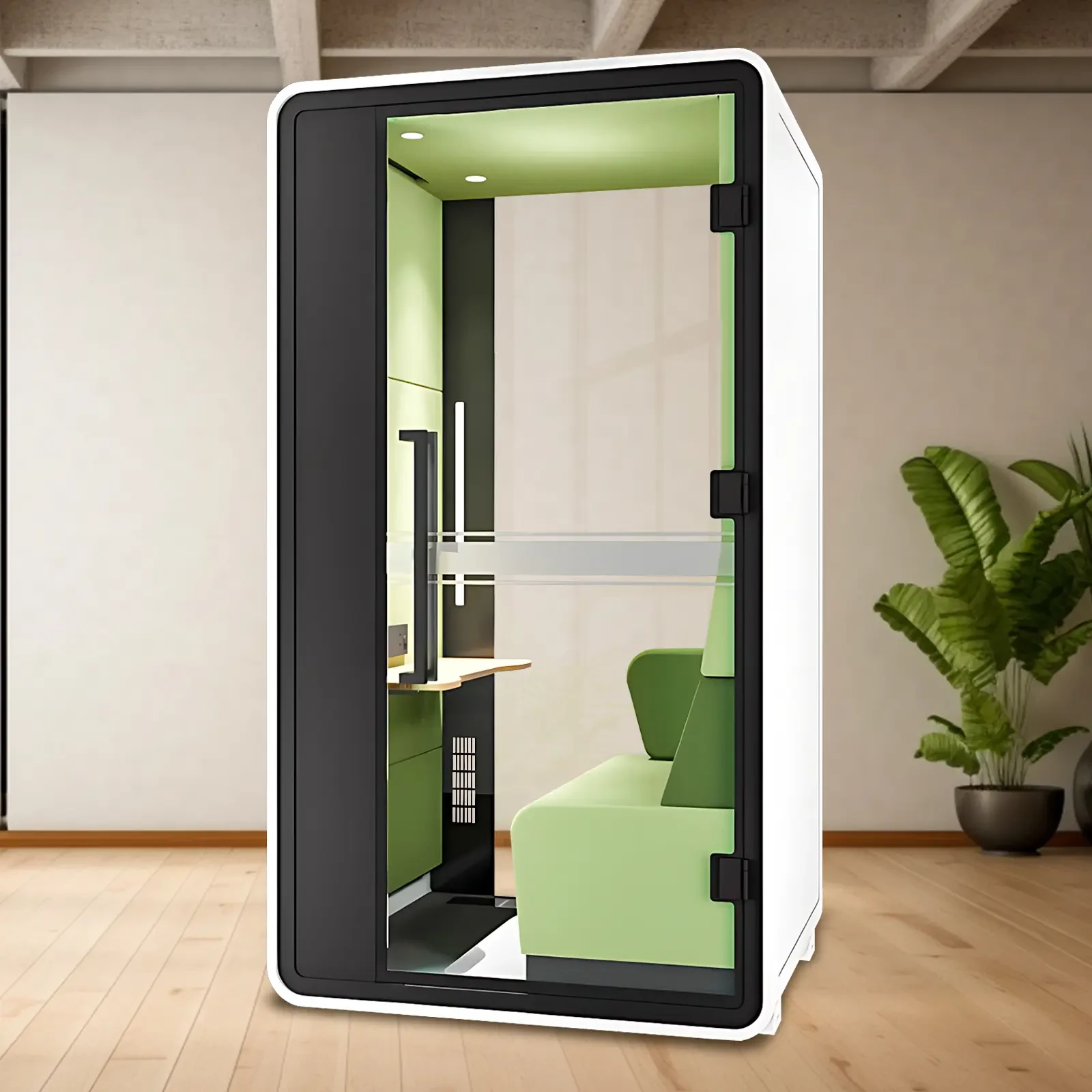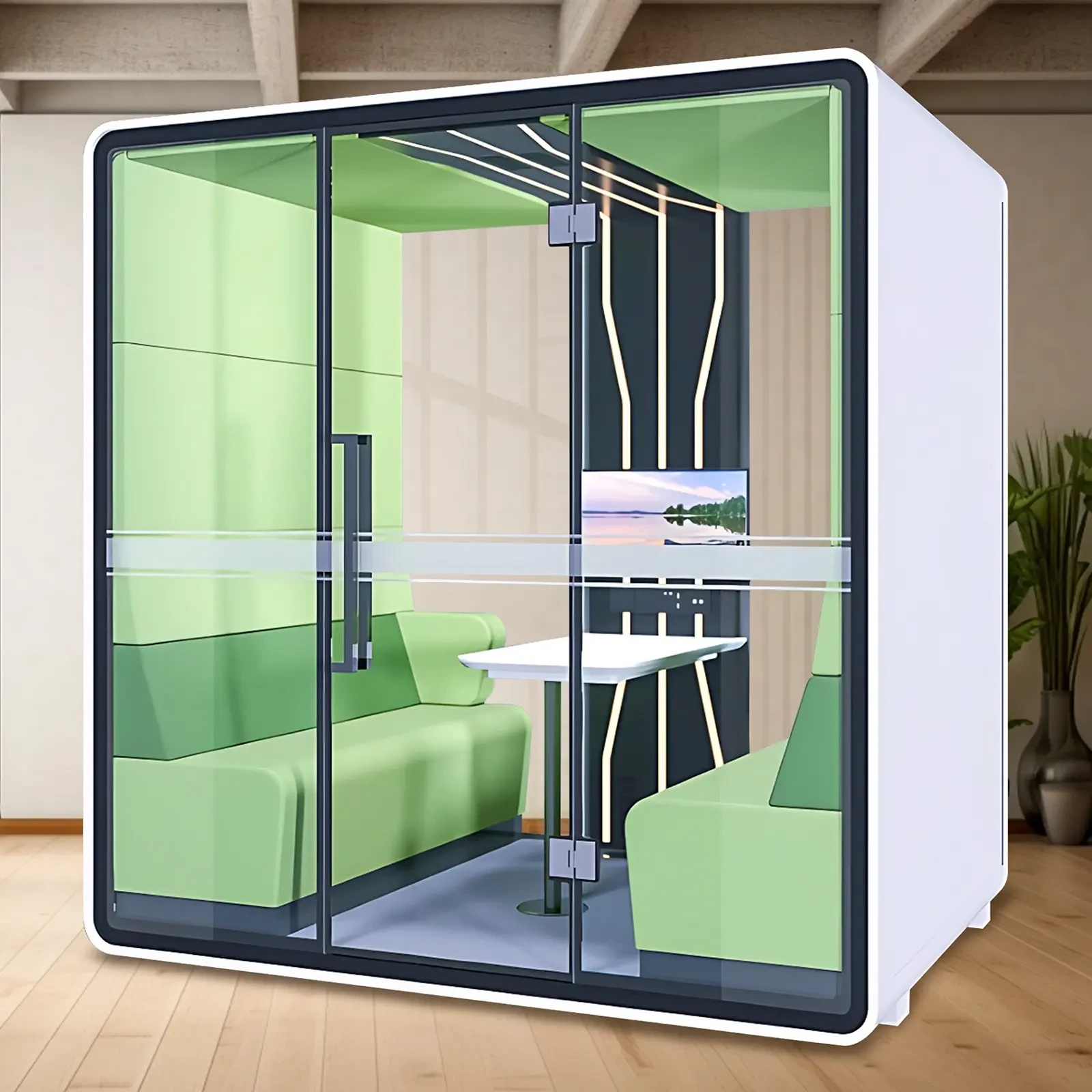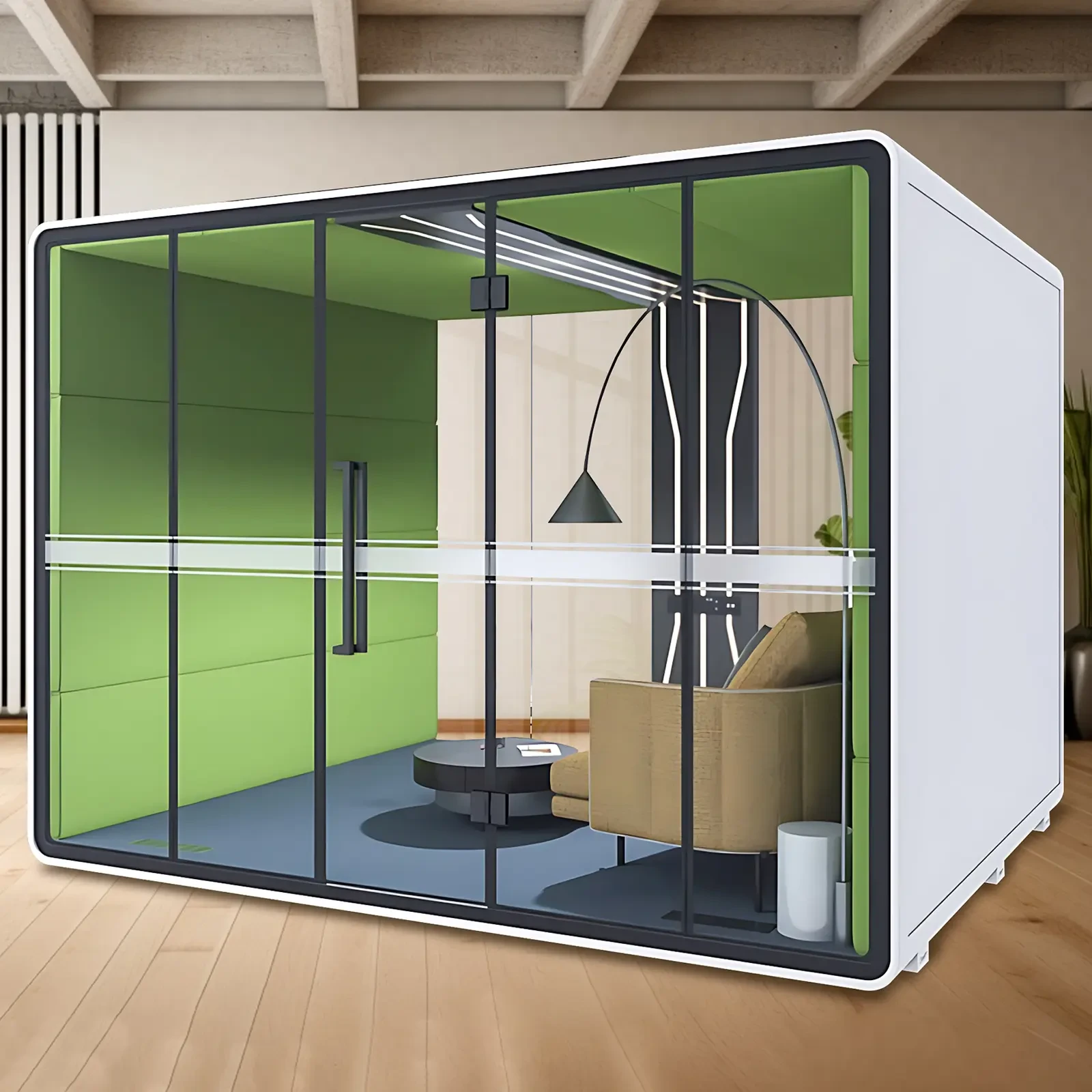In today's fast-paced work environment, noise is often a serious distraction, affecting our focus and productivity. To address this challenge, more and more people are turning to soundproof cabins, well-designed spaces that provide a quiet and private work environment. In this article, we'll delve into the design principles and practical tips for soundproof cabins to help you create the perfect work environment.
1. Consider Space Size and Layout
When designing a soundproof cabin, the first consideration should be the size and layout of the space. The cabin should be spacious enough to accommodate a comfortable work area without taking up too much space. Additionally, a well-planned layout ensures that the work area is fully utilized and provides good ventilation and lighting.
2. Choose the Right Soundproofing Materials
Soundproofing materials are a crucial element in soundproof cabin design. High-quality soundproofing materials effectively absorb noise and reduce external interference. Common soundproofing materials include sound-absorbing cotton, soundproof glass, and soundproof wall panels. When choosing soundproofing materials, factors such as sound insulation performance, durability, and aesthetics need to be considered.
3. Emphasize Comfort and Human-Centered Design
Besides sound insulation, the comfort and human-centered design of the soundproof cabin are also crucial. The cabin should be equipped with comfortable seating and desks, as well as necessary power outlets and network connectivity. Additionally, consider adding some greenery or decorative art to create a comfortable and welcoming work environment.
4. Consider Flexibility and Mobility
When designing a soundproof cabin, its flexibility and mobility should also be considered. Soundproof cabins can typically be moved or rearranged as needed to adapt to different work scenarios and space requirements. Therefore, when choosing a soundproof cabin, pay attention to its structural sturdiness and ease of disassembly and reassembly.
5. Ensure Safety and Environmental Protection
Finally, the design of a soundproof cabin must also ensure its safety and environmental friendliness. The materials and construction of the soundproof cabin should meet relevant safety standards to ensure that users are not harmed during use. Furthermore, choosing environmentally friendly materials can reduce environmental impact and promote the development of green offices.
Through these design guidelines, you can better understand how to create a perfect work environment, making the soundproof cabin an ideal choice for your work and life. May these practical suggestions help you achieve an efficient and comfortable work experience!

 USD
USD
 GBP
GBP
 EUR
EUR



